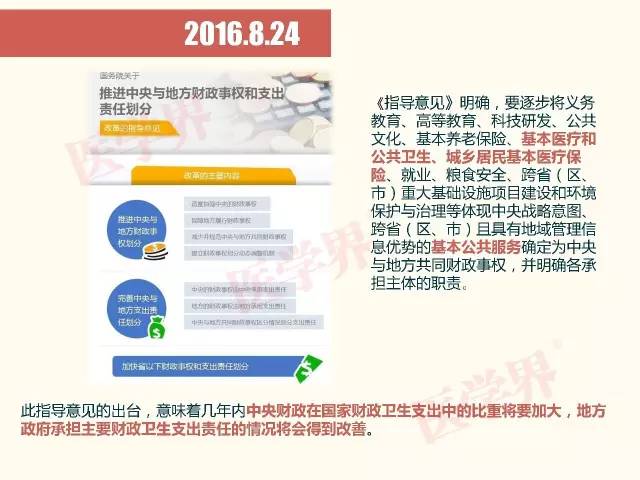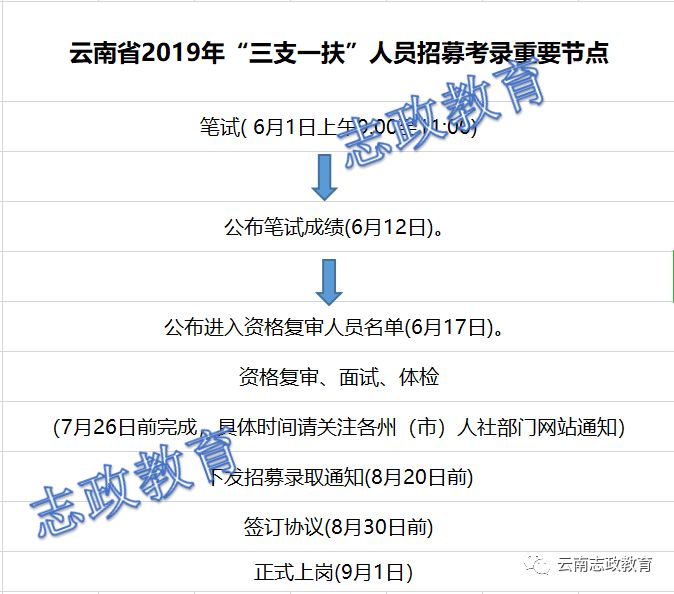产业政策_结合版9.74
Welcome to the comprehensive guide on the “4949cc澳彩资料大全正版” series. In this article, we explore the various aspects of industrial policies and their significance, with a focus on the specific version you're interested in – the "产业政策_结合版9.74". Let’s deep dive into the world of industrial policies and understand its role in shaping economic growth and development.
Introduction to Industrial Policies
The concept of industrial policies encompasses a wide array of government interventions aimed at influencing the development and direction of private-sector economic activities. Industrial policies are often designed with the goal of promoting economic growth, improving competitiveness, and achieving social objectives. These policies can be sector-specific or general, involving tools such as subsidies, tax incentives, and direct government investment.
Role of Government in Industrial Policies
Governments often play a crucial role in shaping industrial policies as they seek to address market failures and correct structural imbalances within the economy. By implementing industrial policies, governments aim to create conditions that foster innovation, job creation, and social welfare. Some key functions of industrial policies include:
Providing public goods and services;
Ensuring market competitiveness;
Pursuing economic diversification;
Encouraging technology transfer and adoption;
Protecting the environment and consumer interests;
Reducing inequality and poverty.
Techniques and Instruments of Industrial Policies
The techniques and instruments used in industrial policies can be quite diverse and may depend on the specific objectives of the policy. Some common policy tools include:
Direct financial support, such as cash subsidies or grants;
Tax incentives, which could be in the form of reduced tax rates or tax exemptions;
Credit support and interest rate subsidies;
Protectionist measures, like import quotas and tariffs;
Regulations that create market conditions favorable to certain sectors or technologies;
Public procurement, where governments prioritize domestic goods and services;
Research and development (R&D) support to stimulate innovation in key sectors;
Infrastructure investments to improve the business environment.
Industrial Policy in Practice: The "产业政策_结合版9.74"
The specific version "产业政策_结合版9.74" likely refers to a detailed catalog or document that compiles the industrial policies of a particular region or country. This could include:
An overview of the current state of the economy and the rationale behind the policies;
An analysis of the targeted sectors and specific strategies aimed at these sectors;
A detailed breakdown of the policy instruments employed across different sectors;
Case studies or examples of successful policy implementations;
An assessment of the social, economic, and environmental impact of these policies;
Recommendations for future policy adjustments based on performance and changing conditions.
The Impact of Industrial Policies
While the effectiveness of industrial policies can vary widely, they have the potential to significantly impact economic outcomes. Positive effects may include increased rates of innovation, job creation in high-growth industries, and improved living standards. However, there are also potential downsides, such as the distortion of market signals, inefficiencies due to favoritism towards certain industries, and the risk of creating protectionist trade practices.
The Future Outlook
The future of industrial policies will likely be shaped by evolving economic and political landscapes, technological advancements, and global pressures. As economies around the world adjust to new realities, such as climate change and digital transformation, the role of industrial policies will continue to be critical in guiding sustainable and inclusive growth. Governments will need to be adaptable and responsive in their approach, ensuring that their policies align with long-term goals while remaining flexible enough to address immediate challenges.
Conclusion
Industrial policies are a complex and multifaceted aspect of economic management, designed to steer the direction of economic activity towards public and private goals. Understanding the "4949cc澳彩资料大全正版" and its version "产业政策_结合版9.74" can provide valuable insights into the mechanisms and impacts of such policies. It is through this understanding that policymakers can make informed decisions that aim to create a more prosperous and equitable economic future.









还没有评论,来说两句吧...